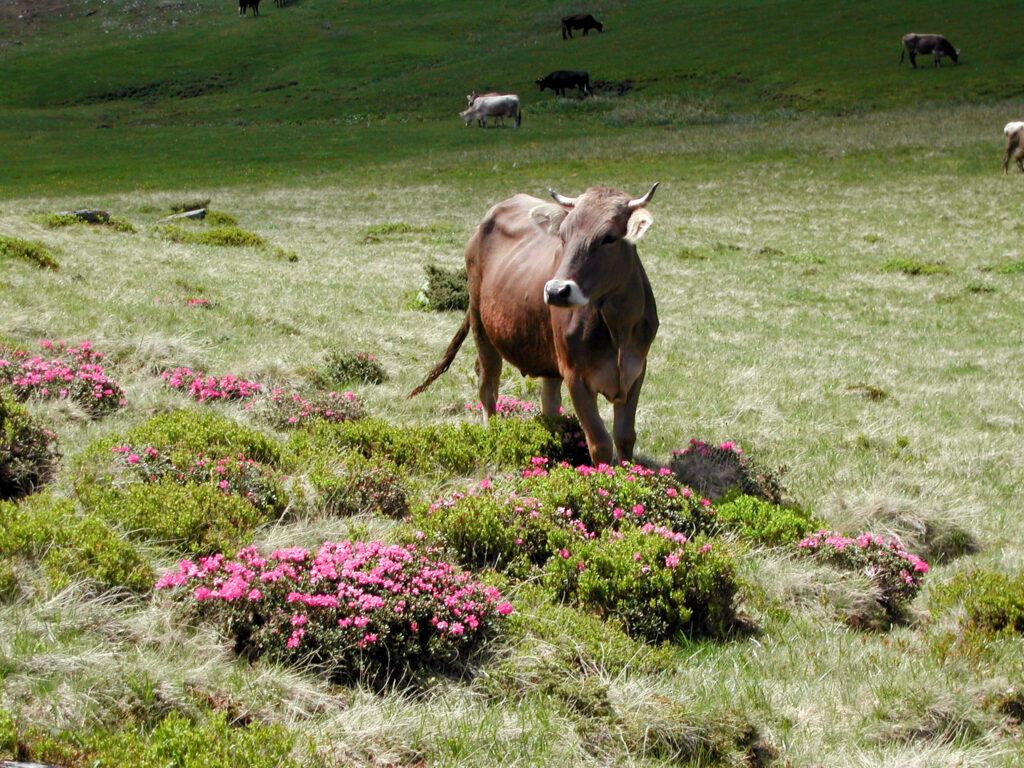
Natura 2000 is the key instrument in protecting biodiversity in the European Union. Natura 2000, simply put, is a network of protected nature sites within the EU, striving for the conservation efforts of over 1,000 rare and endemic species and habitats. Established under the 1979 Birds Directive and 1992 Habitats Directive, this program is the centrepiece of EU Nature & Biodiversity policy, and its mission is to assure the long-term sustainable management and protection of Europe’s most valued and threatened habitats. Natura 2000 territory is present in over 15% of the Carpathians and also fulfils an obligation to the UN Convention on Biological Diversity. The green infrastructure it provides safeguards numerous ecosystem services and ensures that Europe’s natural systems remain healthy and resilient.
Natura 2000 is divided into two specific nature sites, Special Protected Areas (SPAs) and Sites of Community Importance (SCIs). The SPA sites are chosen by Member States according to their suitability into the criteria developed by the state itself. These sites are then directly designated to become part of the Natura 2000 network. Though Member States have discretion in deciding the most crucial criteria, it is their full responsibility to adopt those criteria to all suitable territories. After state chosen SPAs are designated, the European Commission then decides on the addition of said site to be a coherent connection to the network of protected areas and their vulnerable migratory species.
A selection of separate sites to be included in the Natura 2000 network is developed under the Habitats Directive. Standard selection criteria specified in the directive are used by each Member State to develop a list of the Sites of Community Importance (SCI). Proposals by Member States are funnelled into 9 bio-geographical regions, for which 9 scientific seminars are held to establish a master SCI list determined by the Habitats Directive for each bio-geographical region. When these SCIs are adopted, the Member States are required, under the Habitats Directive to designate these sites as Special Areas of Conservation (SACs) within 6 years. Member States should then prioritize their sites and begin the necessary management or restoration measures on such areas in order to keep or re-establish a favourable conservation status of the respective species or habitat.
The reason for dividing the EU into 9 ecologically coherent bio-geographical regions is so that conservation efforts in similar environments can be structured in a more efficient manner. These 9 regions are split up into the Atlantic, Continental, Alpine, Mediterranean, Boreal, Macaronesian, Pannonian, Steppic, and the Black Sea regions. The sites of Natura 2000 are all selected according to these regions, making it easier to conserve species and habitat types within a similar environment.
Whereas Czech Republic, Hungary, Poland, Romania and Slovakia are Member States and committed to fulfil the Natura 200 obligations, Serbia and Ukraine are not. However, Serbia is a candidate country and Ukraine also has high interest in a potential accession, therefore both countries are on their way to streamline policies and legislation among them the Bird and Habitats Directives, with Serbia being much closer to an alignment.
Natura 2000 sites partly overlap with protected areas nominated by the Carpathian countries. Go to Geo Portal and explore the Natura 2000 sites in the Carpathians!
